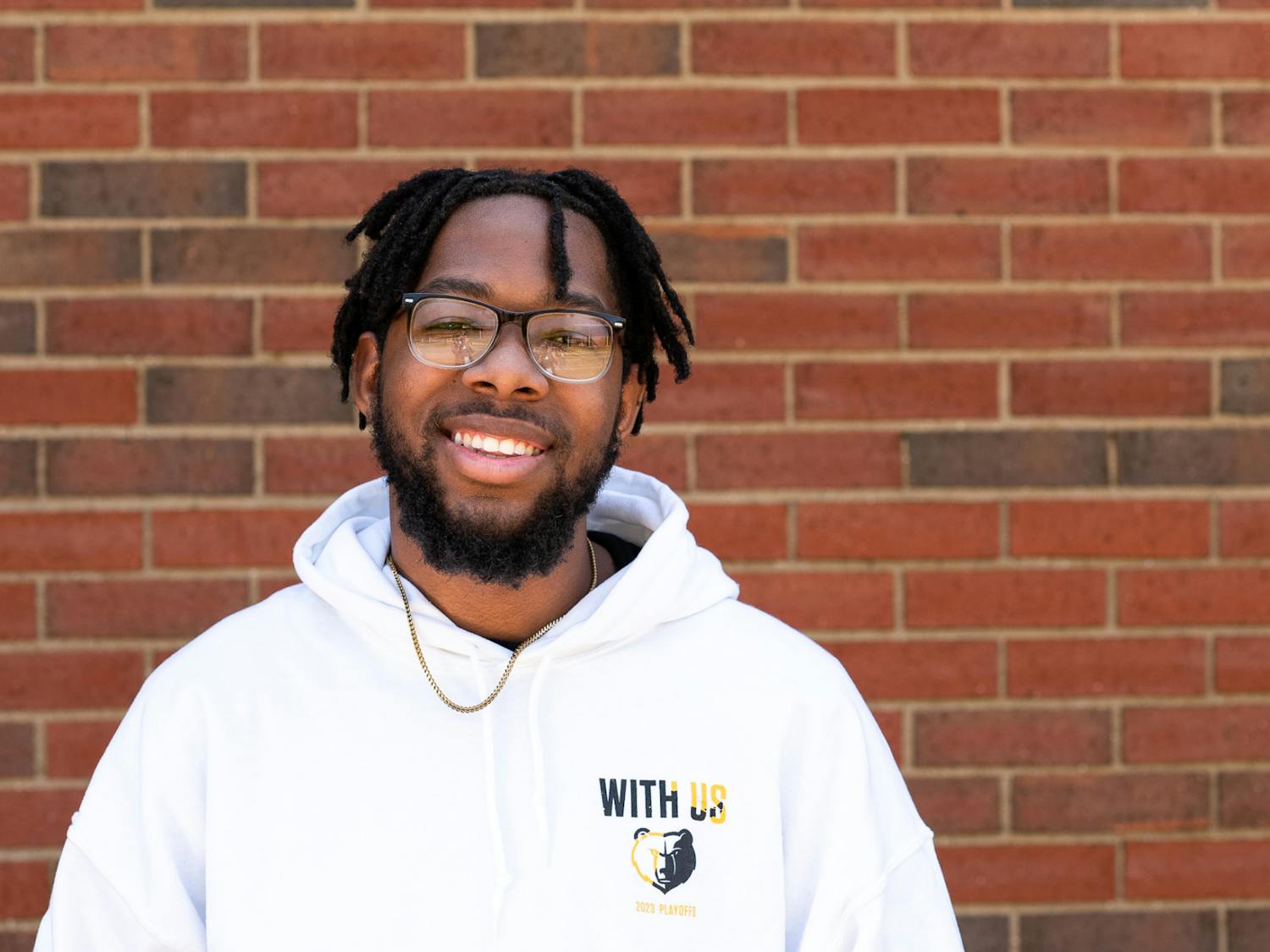The year 1959 was a special one for me. I will always remember that day when I first walked onto the campus of Memphis State University (now The University of Memphis). I graduated from Hamilton High School in June of 1959, and I had prepared to enroll in LeMoyne College (now LeMoyne-Owens College) to begin my freshman year. However, during the summer of that year, I was approached by Mr. Jessie Tuner, an executive with the National Association for the Advancement of Colored People (NAACP) to enroll in the all-white Memphis State University. I was overwhelmed at Mr. Turner’s request. Yet, after numerous phone calls from Mr. Tuner and other prominent Black community leaders, I reluctantly accepted the challenge to be a part of change.
My journey to Memphis State began with the entrance examination in July. Prior to Black applicants, the University did not have an entrance exam, rather admission was granted based on the academic background of students. To my surprise, I passed the entrance exam with a perfect score. I really had taken the exam to satisfy Mr. Turner’s request, thinking perhaps that I would not pass it. This was the beginning of my night mare. The constant calls from Mr. Turner, my high school principal, Mr. Harry Cash, my pastor and other family members, I was captured. Mr. Turner needed some students to enter, and it was apparent that I could not escape.
There were some interesting facts about Memphis State. Foremost, the tuition was $82.50 per semester—a total of $165.00 a year. Equally interesting was the fact that the NAACP would provide a scholarship for the first year. I weighed the options. My choice college—LeMoyne—would cost about $500 a year. To attend Memphis State would certainly be welcomed financially by my father—a truck driver for an independent owner of a feed store for small animals. Dad’s salary was $35 per week. The other part of the puzzle which added to my family’s financial woes was my brother’s enrollment at Tennessee State University in Nashville. Furthermore, my sister Dorothy who is two years my junior, would enter college in two years.
The decision came and I along with seven other Black students enrolled for classes at Memphis State University. We attended an orientation and were given strict rules by the Dean and other administrators of the University. Always entrenched in memory was the stern advice from Dean Robison that we were to leave campus each day by noon. We were exempted from all physical education courses, although Tennessee required all college graduates to complete at least 4 hours of credit in physical education. Other restrictions imposed upon us were: our use of one lounge in the Administration Building for the five female students and one lounge in the library for the three male students. Of course, our leaving the campus by noon eclipsed our need to dine in the cafeteria. Furthermore, we were told by the Dean that the cafeteria was owned by Gridiron Restaurant management, and that establishment had not integrated its facilities. For the eight of us, we were to attend classes and have little or no interaction with the white students. Our first day of classes was September 18, 1959.
That first day of classes was entrenching. As I walked onto the campus shortly before eight o’clock, I
was somewhat fearful. As I approached my first class, my fears intensified. What would happen to us—I pondered this question. I must be brave-others were counting on me. Yet, I considered leaving the campus rather than begin classes in such a hostile environment. Once inside that first classroom, my fears became more intensive. After 55 minutes of heart throbbing, it was time for my second class. The
reception was the same as for the first class. I again sat near the back of the classroom with the plain clothes law enforcement officer.
After the second class, I had a break and spent the next 55minutes in the lounge designated for the Black female students. In the lounge, similar stares from the white students were apparent. Finally, I was to begin my third and final class for my first day at Memphis State. Again, I had the same reception as the prior two classes. My relief came at 11:55 a.m., and I joined by fellow classmates for a departure from the campus and our first day at the previously all white Memphis State. The news media described September 18, 1959, as one that “passed without incidents.” In a sense, this was an accurate assessment. The day passed without physical incidents. However, mentally and emotionally, I had mixed emotions about being involved in the desegregation of Memphis State. Although I had internalized being a part of the process of change, I doubted by strength to continue. Because the first day of class was on Saturday, I was excited that the weekend would calm my fears. Or, at most, I had a break from Memphis State. Yet, the weekend passed all too soon, I returned with the same apprehension on Monday, the 21st. Well, the classes were same as the ones on Friday.
The atmosphere in the Tuesday-Thursday classes was similar to the Monday, Wednesday, and Friday classes.
From Looney's soon-to-be-published book, Eight Pieces



